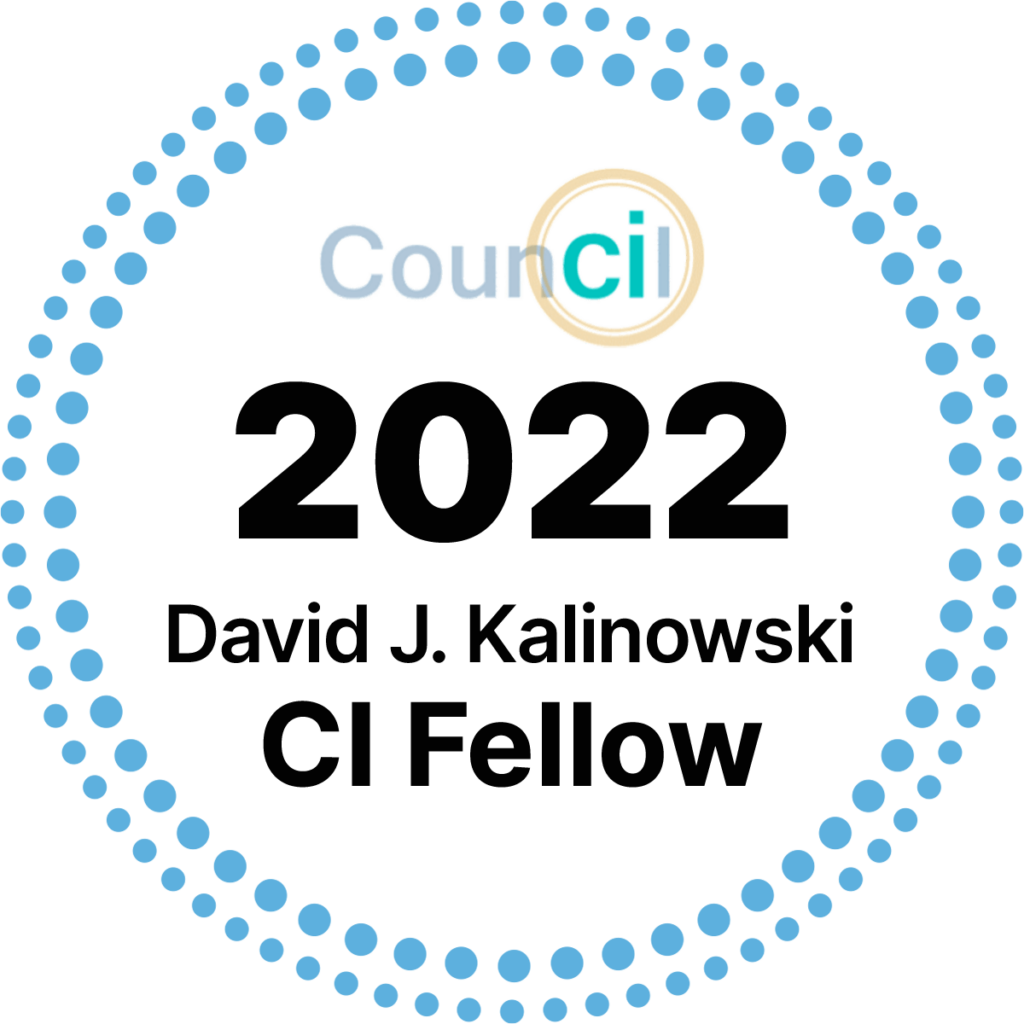Published: August 16, 2023

What’s a Customer Journey Map?
A customer journey map is a visual representation that helps you understand the journey your customers embark upon when they interact with your business. It lays out the steps and experiences they go through, guiding you to gain deep insights into their needs, emotions, and expectations at every stage.
As you create a customer journey map, you put yourself in your customers’ shoes. This helps you gain a clear view of their initial awareness of your offering, discovering how they first come across your product or service. It reveals the path they take as they research, evaluate, and compare their options, enabling you to comprehend their decision-making process.
Visualizing the customer journey continues as they move towards making a purchase or decision. You’ll uncover the factors that influence their decision and identify any obstacles they encounter along the way. Beyond the purchase, the map reveals the post-purchase experience, offering insights into their satisfaction, delight, or any challenges they face after they’ve chosen your offering.
By using a customer journey map, you’ll gain a comprehensive understanding of the entire experience your customers have with your business. It provides you with valuable information about their interactions across different channels, such as websites, mobile apps, social media, and customer support. With this knowledge, you can address customer pain points, identify areas where you can improve, and seize opportunities to enhance their overall experience.
How Do You Create a Customer Journey Map?
1. Define Your Customer Persona
The first step in creating a customer journey map is to define your customer persona. This includes identifying your target audience, their demographics, interests, and pain points. You can gather this information through market research, customer surveys, and feedback.
2. Define Your Customer’s Touchpoints with Your Company
The next step is to define your customer’s path from start to finish. This includes identifying each touchpoint, from initial contact with your brand to post-purchase interactions. This step requires a deep understanding of your customer’s experience, so you may need to gather data through customer surveys or interviews.
3. Identify Pain Points and Opportunities
After you understand the touchpoints of your customer’s journey, it’s time to identify pain points and opportunities for improvement. These are areas where customers experience frustration or where you can provide a better experience. You’ll likely need input at this step from multiple teams across your organization, such as marketing, sales, customer service, and operations.
4. Prioritize Improvements
After identifying pain points and opportunities, it’s time to prioritize improvements. Consider which improvements will have the biggest impact on the customer experience and which are most feasible to implement. This step may require additional research or data gathering to determine the best course of action.
5. Create Action Plans
With your prioritized improvements in mind, create action plans to address each pain point and opportunity. These plans should include specific actions, timelines, and responsibilities for implementation. Collaboration between teams is essential in this step to ensure everyone is working towards a common goal.
6. Regularly Monitor and Update
Creating a customer journey map is not a one-time task. It’s important to regularly monitor and update the map as customer needs and preferences change. This includes gathering feedback, conducting surveys, and analyzing data to ensure your customer journey map remains relevant and effective.
In Summary, a Customer Journey Map is Your Guide
With a customer journey map, you can refine your strategies and offerings to better meet your customers’ needs. It helps you optimize their experience, ensuring a seamless and enjoyable journey. By addressing their concerns and providing outstanding service at every stage, you can build strong customer relationships and foster loyalty. So, imagine the customer journey map as your guide, providing valuable insights to help you enhance their overall experience and create lasting connections.














